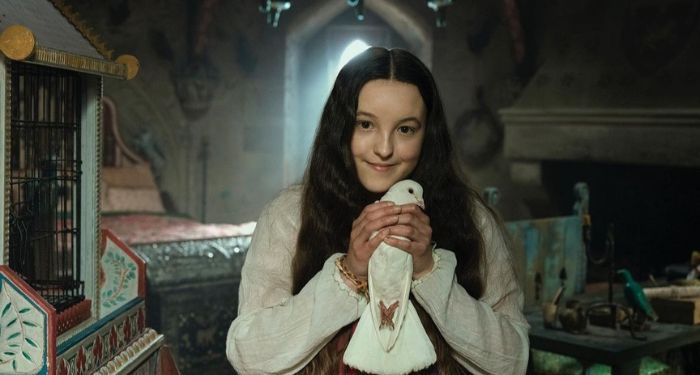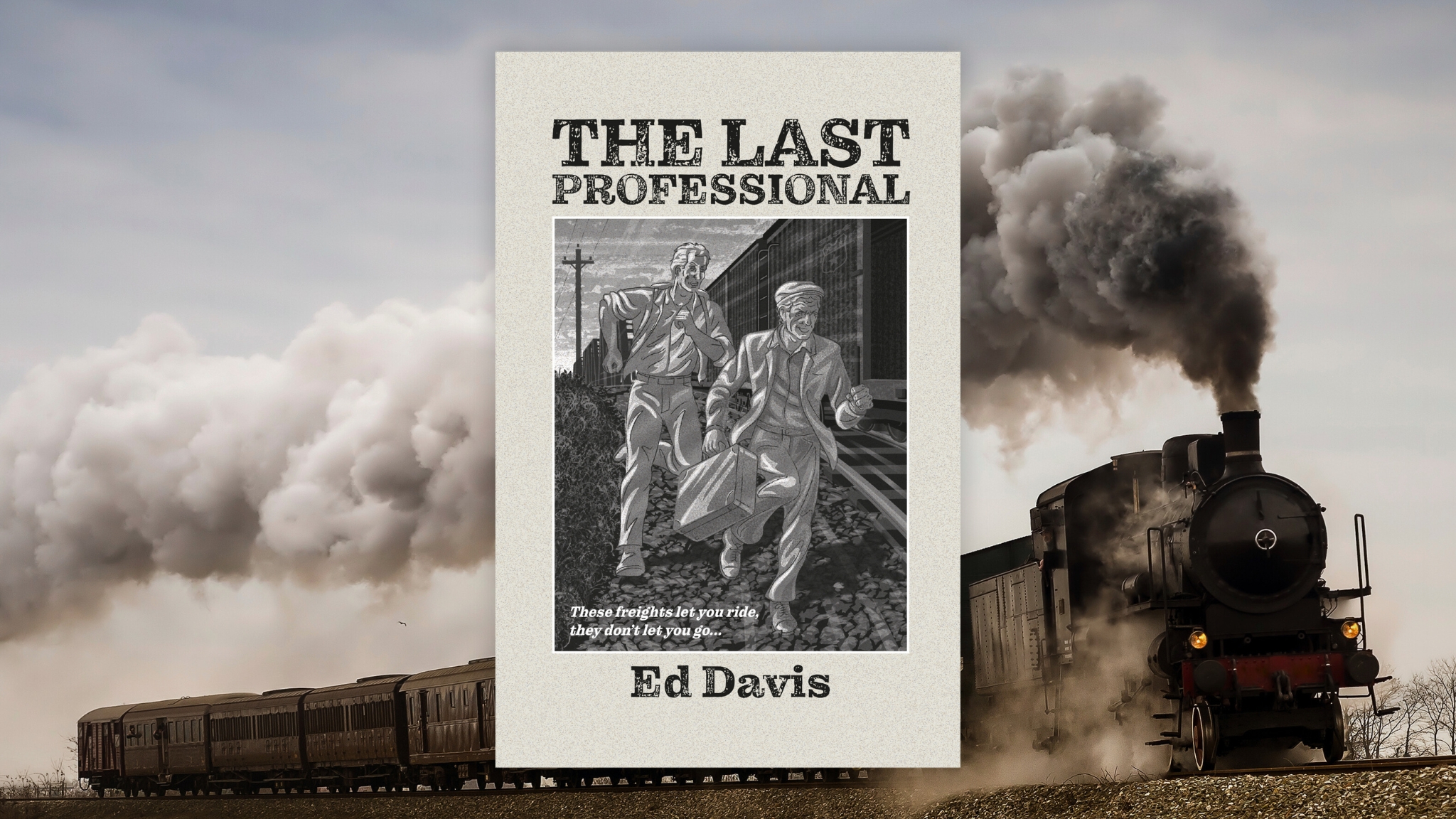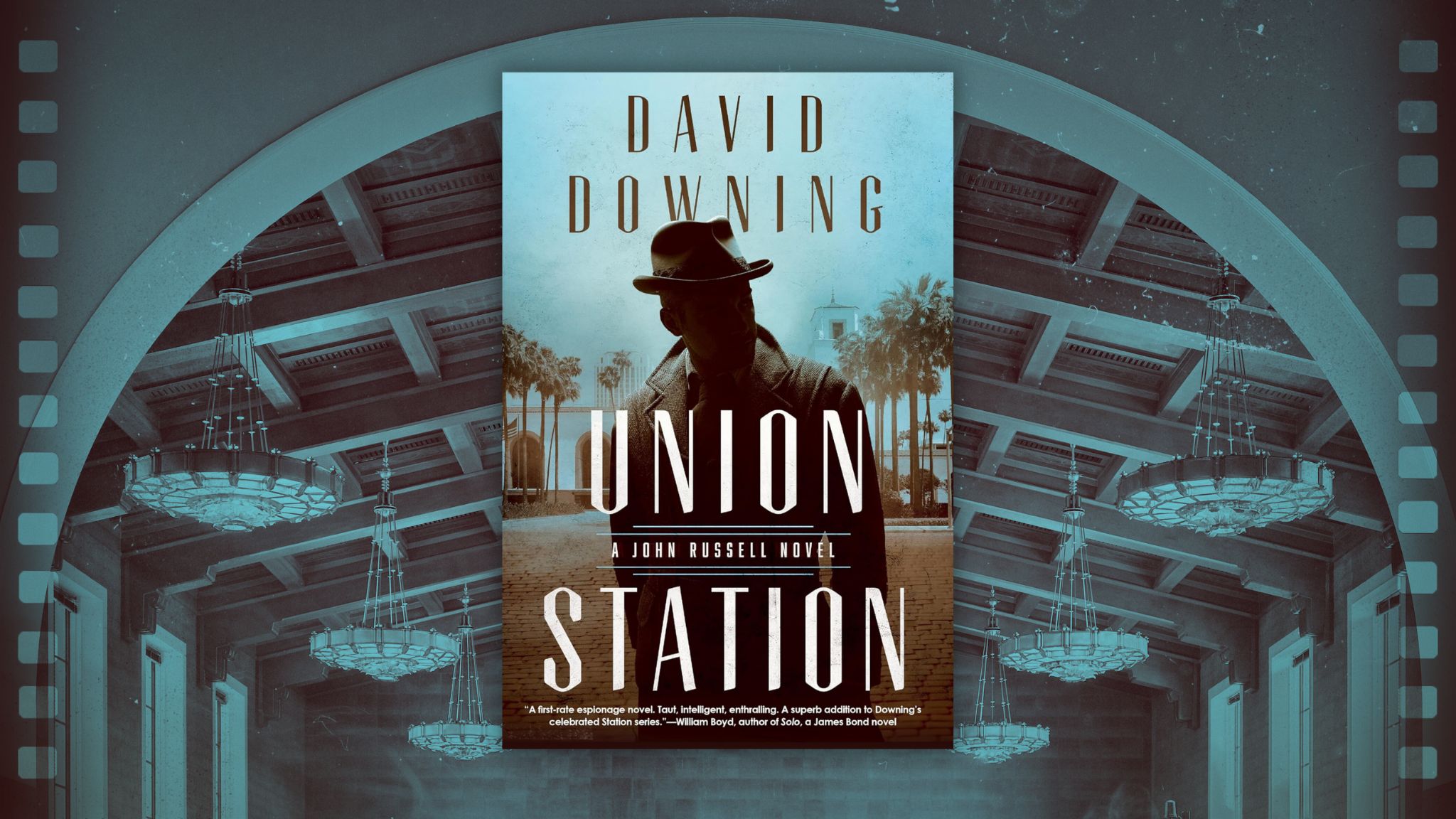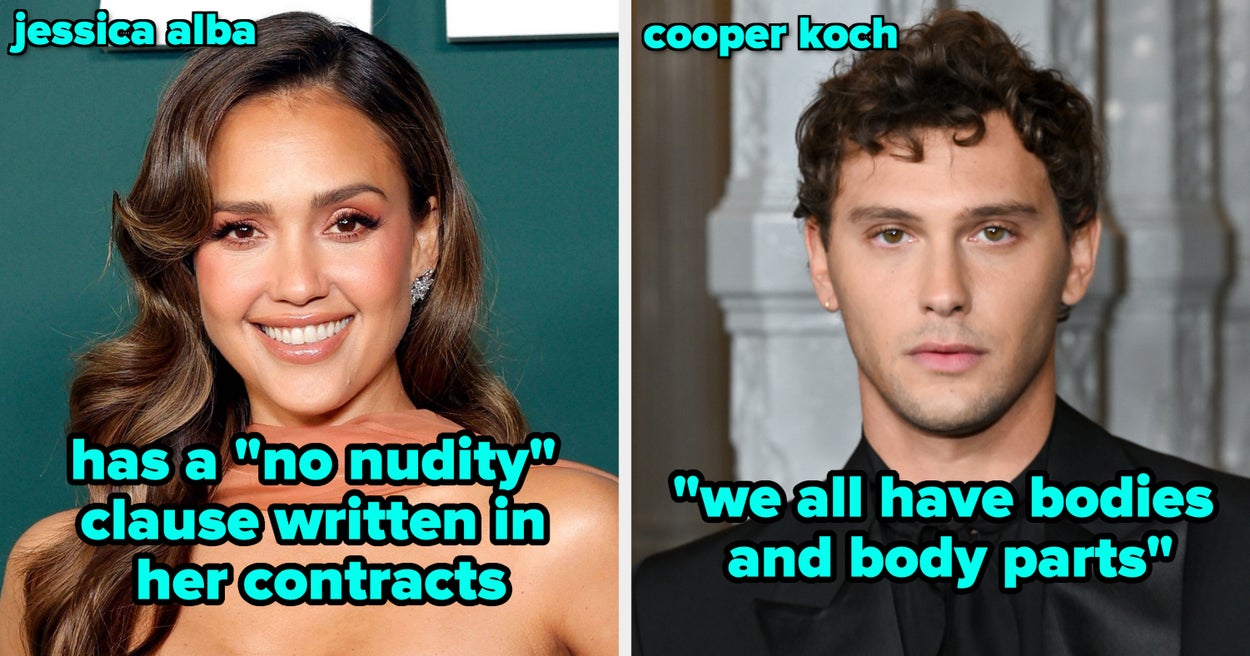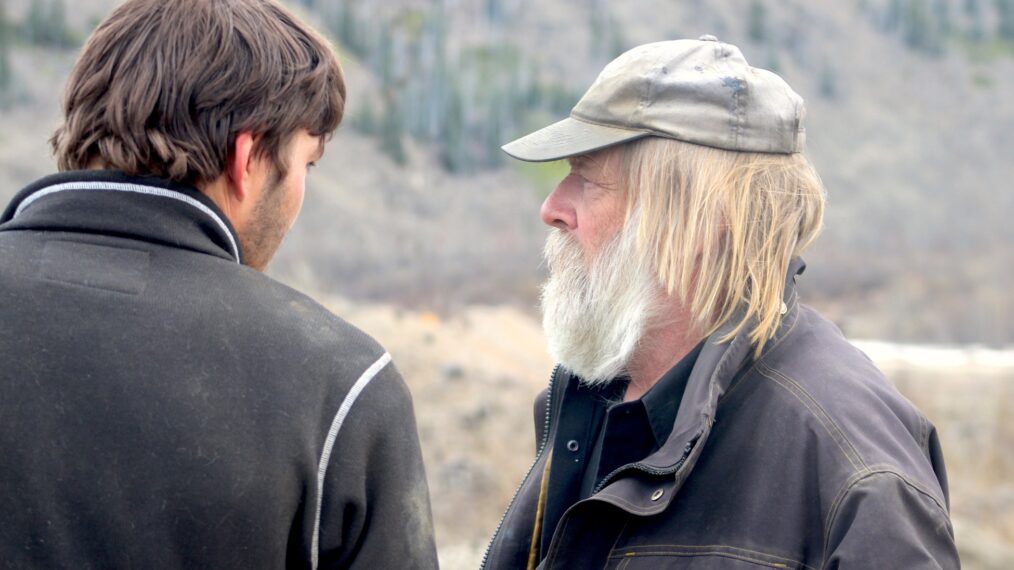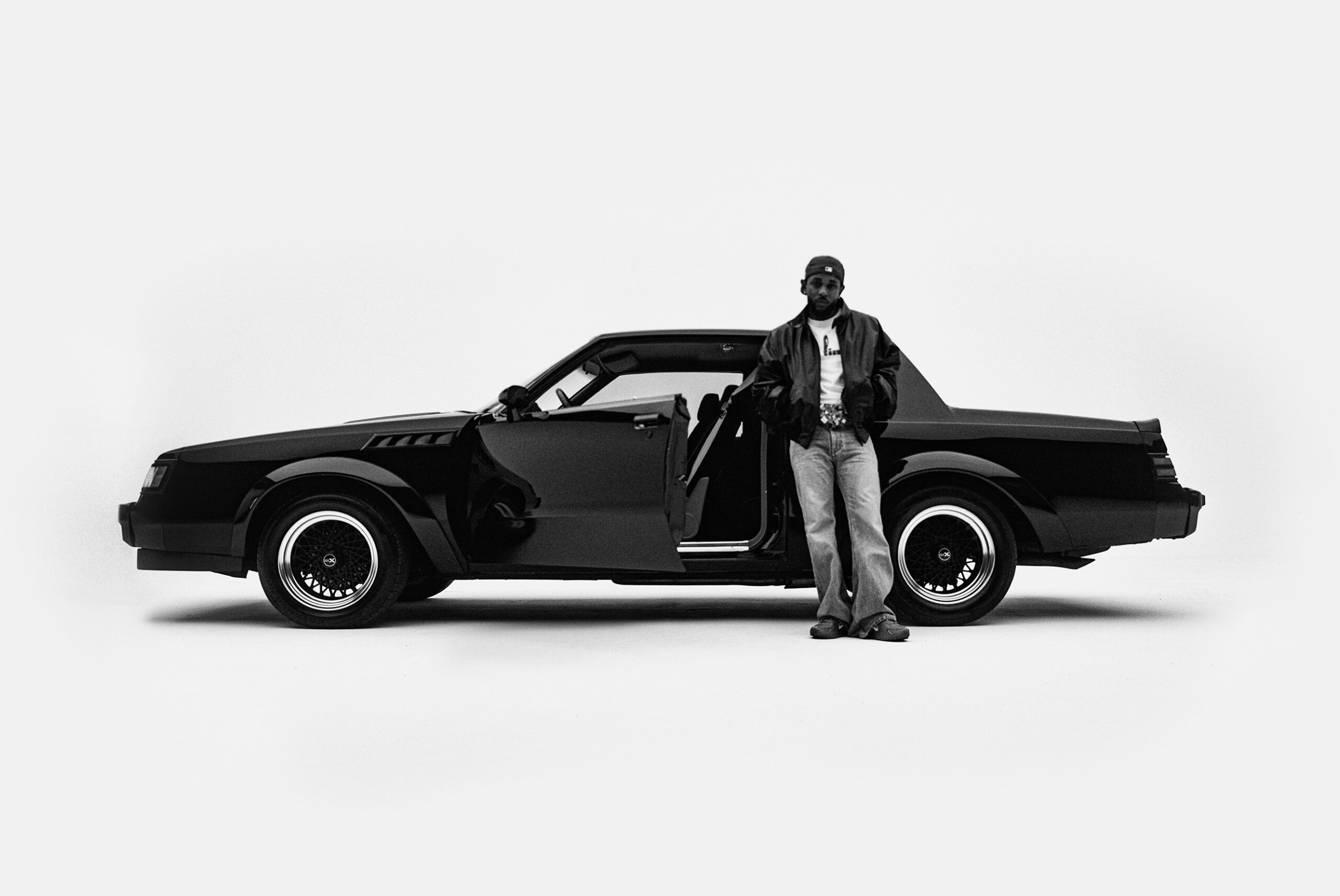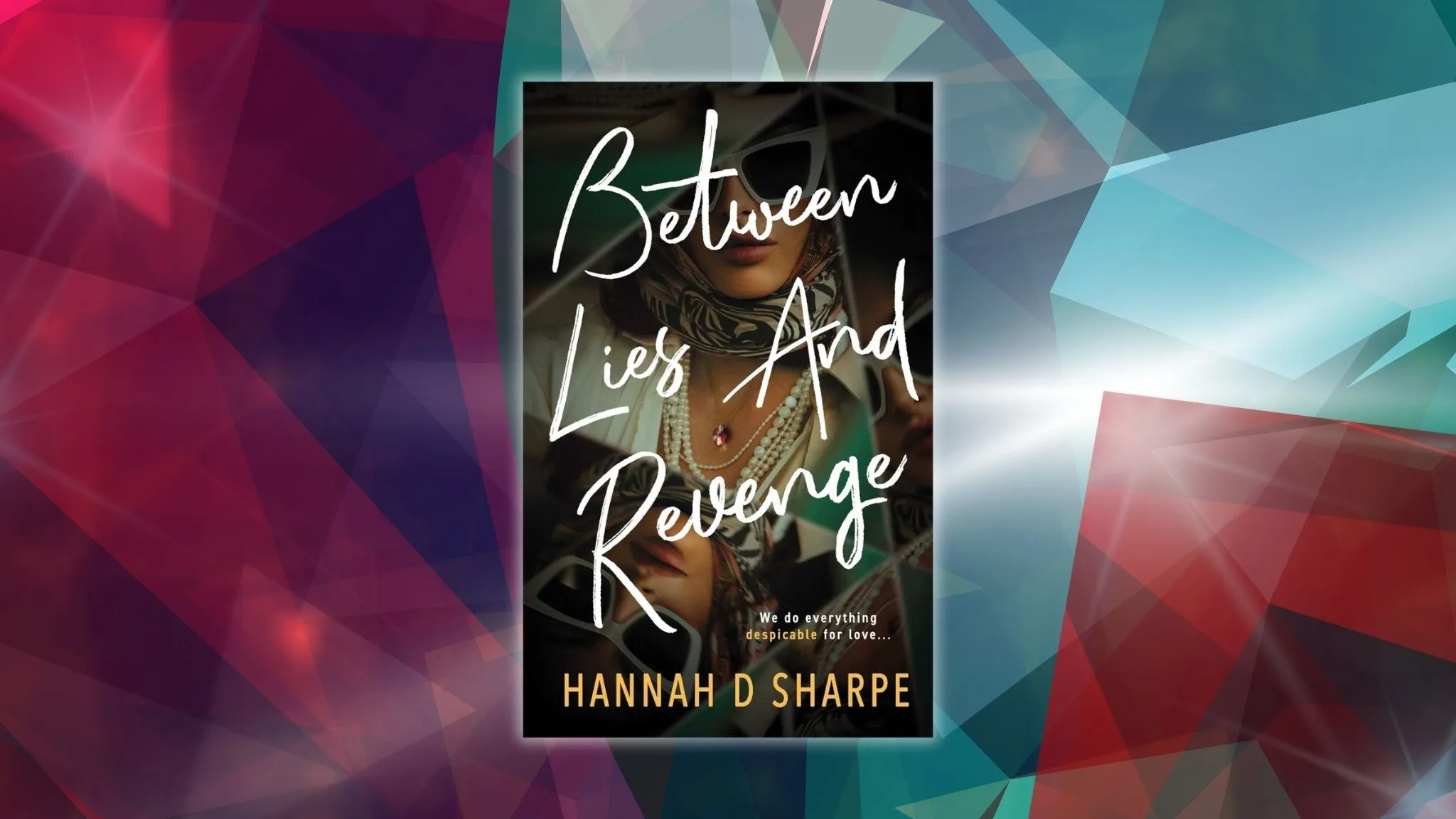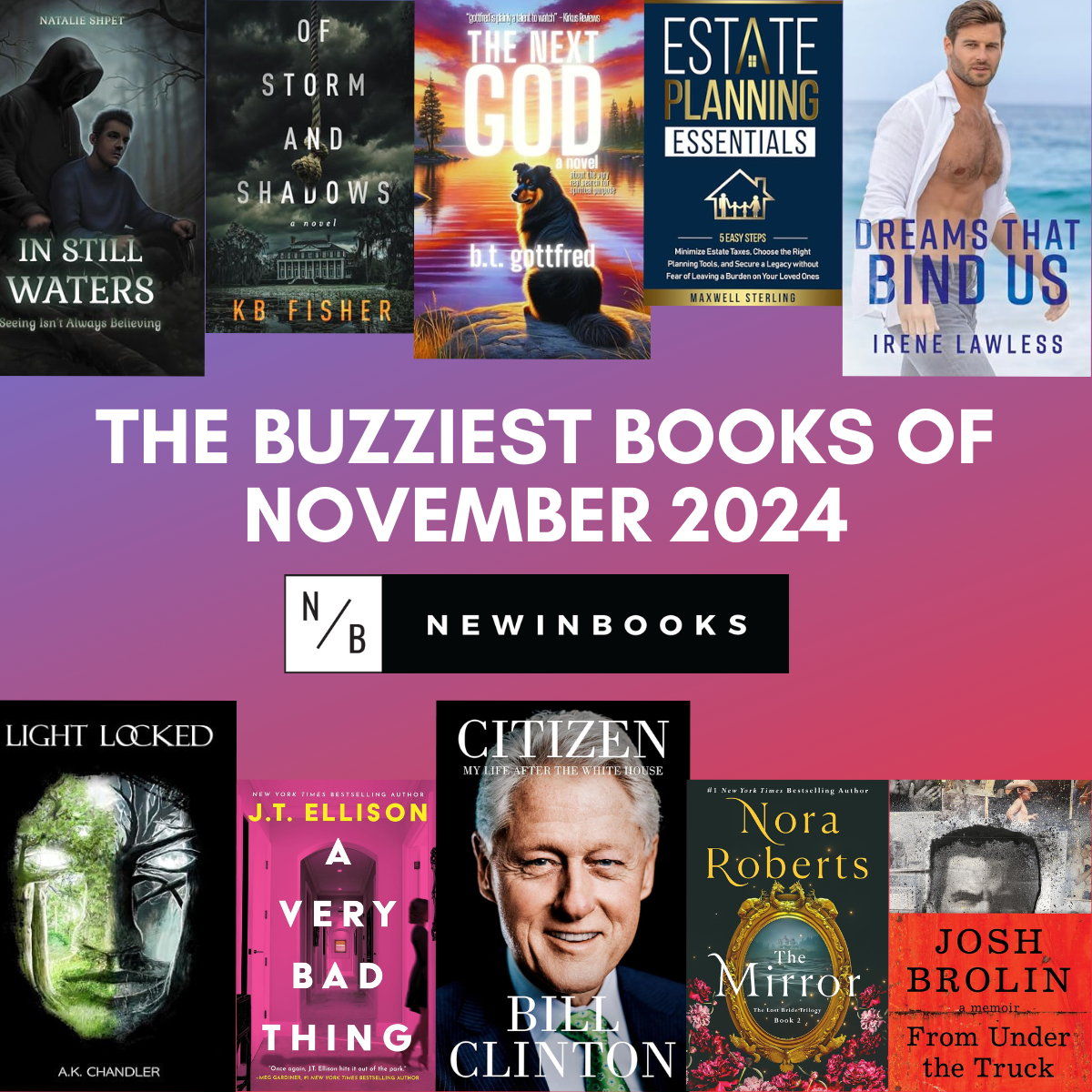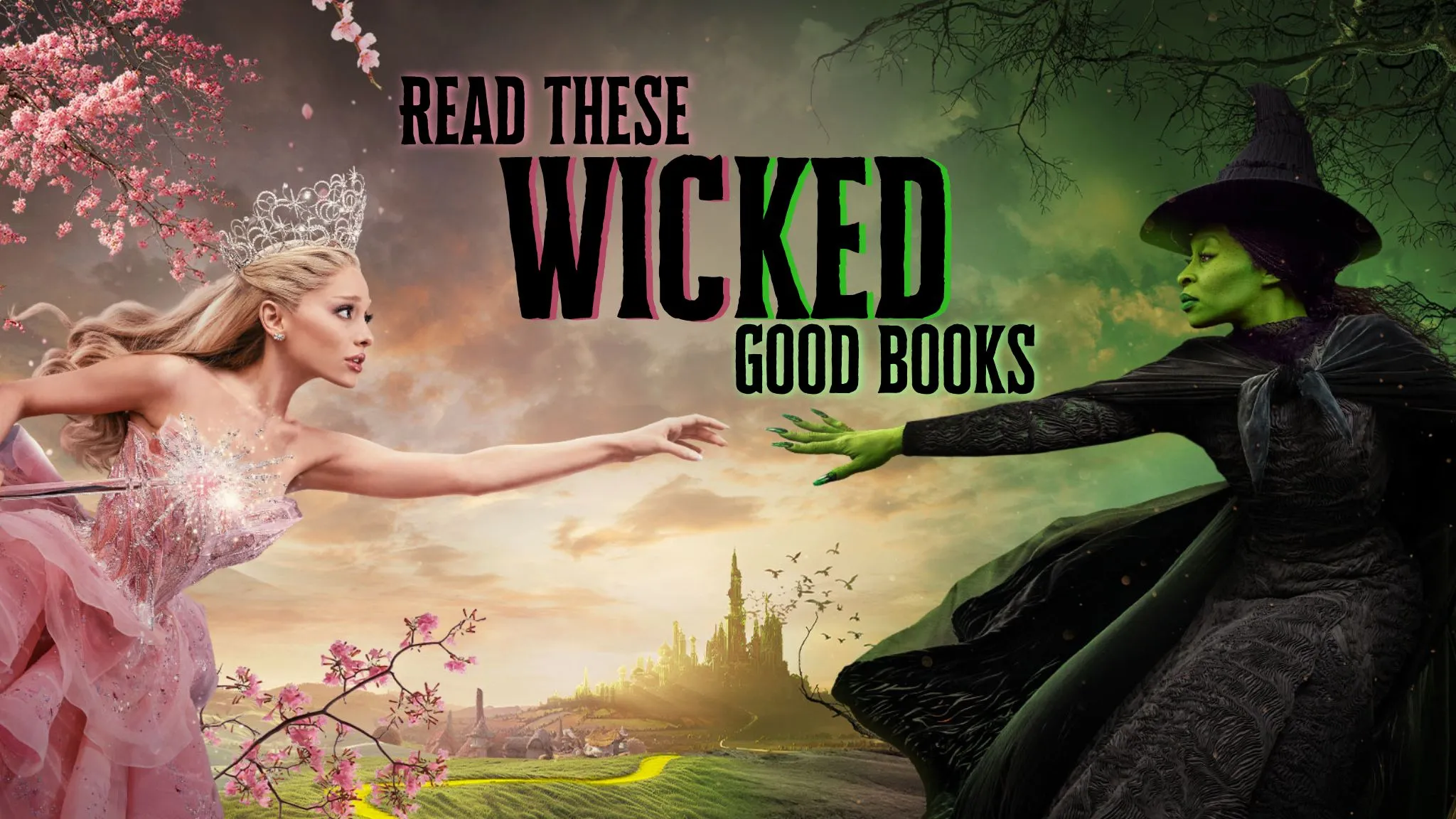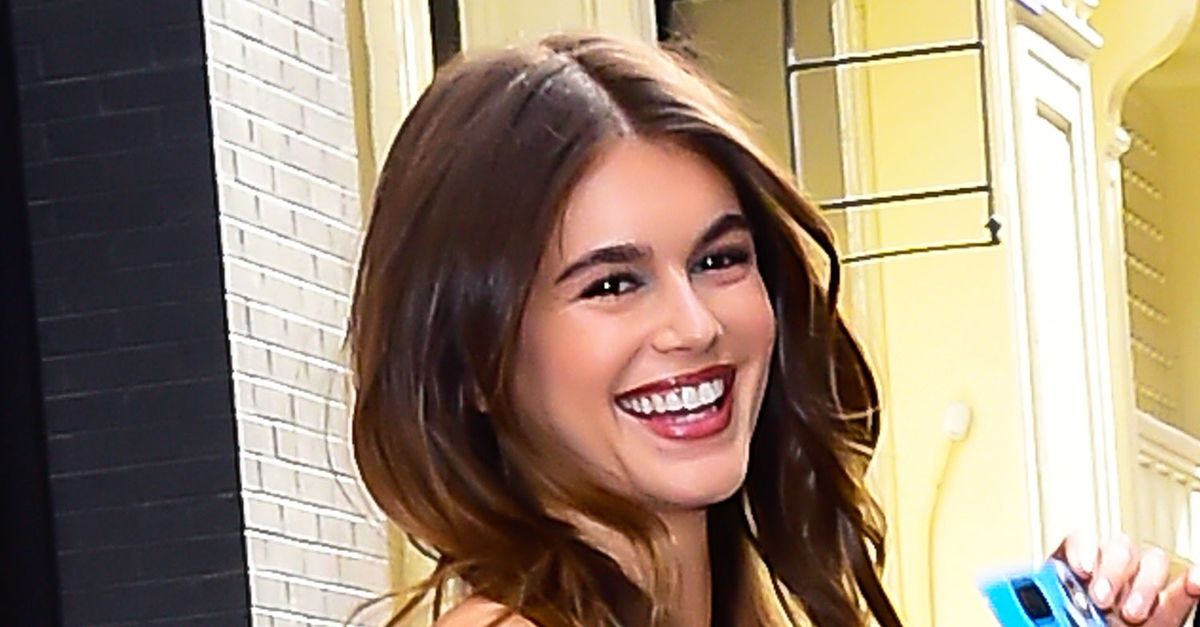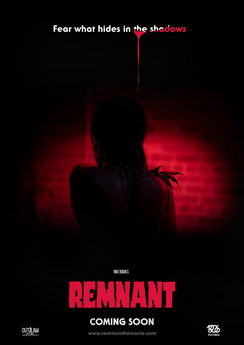This content contains affiliate links. When you buy through these links, we may earn an affiliate commission.
Great historical fiction is immersive. As a kid, it often made me feel like I’d time traveled. Karen Cushman’s middle grade novels from the 1990s, The Midwife’s Apprentice and Catherine, Called Birdy, transported me. Historical fiction also made me realize what I had in common with people from the past and which social issues still existed in my own time.
The phrase “girl power” was everywhere in late 1990s pop culture, when I was in 4th or 5th grade, and I associated it with loud, angry rock bands. My family has always encouraged me to be independent and opinionated, but I probably thought independent women were a recent phenomenon. Although the aesthetics were totally different, Cushman’s novels helped me realize people have felt trapped by societal expectations and fought them throughout history.
Catherine, Called Birdy is an epistolary novel written in diary format. Birdy’s entries contain everything about her daily life in 1200s England, from mundane chores to saints’ days. As Sarah Rettger wrote about Birdy on Book Riot in 2013: “Wouldn’t you choose keeping a diary over doing your daily spinning?” The 1995 Trophy Newbery copy I read had a cover illustration of Catherine rigging a bucket to pour over a suitor’s head.
Lena Dunham adapted and directed Amazon Prime’s 2022 movie adaptation of Catherine, Called Birdy. She remembers the book as a childhood favorite. The movie, starring Bella Ramsey as Birdy, captures the character’s unique voice and rebellious personality. Her exclamation of “Corpus bones!” is repeated frequently in both the movie and the book.
Birdy is a vivid character — never vague. She’s ambiguous, though, because readers can interpret and identify with her for various reasons. She wants to be a monk, not a nun, demonstrating how thoroughly she rejects traditional gender roles. Her brother Edward, a monk, says she wouldn’t succeed at disguising herself as a boy.
The Kids Are All Right Newsletter
Sign up to The Kids Are All Right to receive news and recommendations from the world of kid lit and middle grade books.
Thank you for signing up! Keep an eye on your inbox.
By signing up you agree to our terms of use
Birdy thinks: “[W]ith these apples on my chest, I would not fool even the most aged of abbots. Deus! Last year they were but walnuts and I might have gotten away of it…I thought mayhap to join a nunnery instead, but as the chief occupation of nuns is embroidery, it would be like falling from the spit into the cooking fire.” This passage contains Birdy’s trademark frank discussions of bodily functions and puberty.
This scene also shows how the book lends itself to multiple interpretations that work equally well. Birdy may want to live as a man, or have the same freedom as a woman that men have. The monks’ activities, such as illuminating manuscripts, may appeal to her more than the nuns’ needlework. The text supports readings of Birdy as possibly queer, even if she lacks the vocabulary to describe this. LGBTQIA kids have always existed. Birdy wants her autonomy at all costs.
No wonder this book was a touchstone to so many Millennials, especially queer Millennials. Rereading the book as an adult, Jeanna Kadlec wrote in 2019, “it struck me that the plot was driven less by the question of marriage or no marriage and more by Catherine’s complicated relationship to socially mandated feminine obedience and submission.” Kadlec wrote that she learned about consent as a child partly from this book. Birdy’s refusal to agree to a marriage she didn’t want was powerful. In the book, Catherine’s father represents the oppressive, abusive patriarchy in general, as Kadlec’s essay points out. The movie develops him more as a character. In the film, Catherine sees her father’s tender side when he fears his wife, Lady Aislinn, will die in childbirth.
Unlike Birdy, I’ve never felt any lack of acceptance from my family. I’m disabled and aromantic. I’ve often felt my society in general pressuring me to feel sorry for myself, be less opinionated, or to search for fulfillment in romantic relationships. Birdy has always been a role model to nonconformists.
Soon after finishing Birdy, I read The Midwife’s Apprentice, another award-winning middle grade novel by Cushman set in medieval England. The protagonist, Alyce, is a homeless, orphan girl who creates her own identity and place in the world. The villagers consider a “two-headed calf” an omen of evil. Even then, I thought a “two-headed” animal was a pair of conjoined twins. I was horrified to learn that disabled people and animals were believed to symbolize evil. However, I also sensed this was an important part of disability history, which I should know about as a disabled person.
The birth of a “two-headed calf” in The Midwife’s Apprentice was my surprising gateway to research “freak shows” and other dehumanizing aspects of disability history. I first found and read Michel de Montaigne’s essay “Of a Monstrous Child” on my own in high school. Montaigne lived in 16th century France and helped create essays as a modern literary form. In this essay, he describes children with various disabilities, including conjoined twins. This essay still horrifies me because it describes disabled children’s bodies in an invasive way and calls them “monstrous.”
Ironically, the ending turns much more accepting:
Those which we call monsters are not so with God, who in the immensitie of his worke seeth the infinitie of formes therein contained…We call that against nature, which commeth against custome. There is nothing, whatsoever it be, that is not according to hir. Let therefore this universall and naturall reason, chase from us the error, and expell the astonishment, which noveltie breedeth, and strangenes causeth in us.
Montaigne writes that non-disabled people label disabled people strange, abnormal, or unnatural, but they should not. We can’t be unnatural if nature (or God) made us that way. The onus is on non-disabled people to change how they think of and treat disabled people. As I reread it, I can trace the author interrogating his own biases, perhaps having an epiphany. This is exactly how all great essays work, even today. I still think “natural” and “normal” are arbitrary and harmful labels.
The sexism and ableism in the medieval settings of Karen Cushman’s novels were more violent and blatant than anything I’d witnessed or experienced as a kid. However, these forms of oppression still exist. The contrast with my own era helped me recognize them more clearly. I often found historical fiction so vivid and fascinating, it led me to read more history, along with fiction and essays from centuries ago.
Check out more books about the Middle Ages, or historical fiction about any era.

